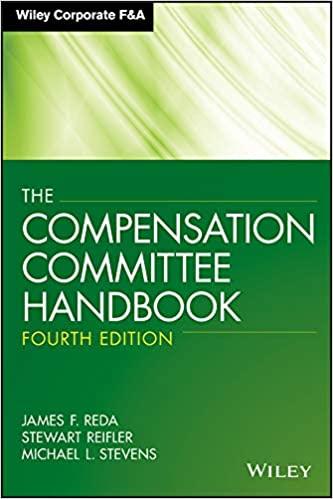Question
Suppose we are analysts working with NZ Ministry of Business, Innovation & Employment. Our line manager needs to understand how stock market responded to the
Suppose we are analysts working with NZ Ministry of Business, Innovation & Employment. Our line manager needs to understand how stock market responded to the 2018 Taxation (Research and Development Tax Credits) Bill. In particular, did investors consider the tax credit as a good news for innovative companies or not? We are expected to collect relevant data, carry out an event study and produce a report that is supported by FINAN202 knowledge. Lets follow the detailed instructions bellow.
Data Collection:
1) Determine the date/day when the bill was first introduced to the parliament. We call this day the event day and define it as D0. (5 marks)
2) Randomly select three (two if you work independently) NZ public companies with positive R&D expenditures in 2018. In addition, these firms should have stock price information during the five days around D0 (D-2, D-1, D0, D1, D2). We call these five trading days as the event windows. (10 marks)
3) Collect daily stock prices for your selected companies from D-365 (365 days before the event day) to D2 (2 days after the event day) using Investing.com or preferred sources. Select and collect daily stock market index for the same period. You need to determine what should be the appropriate stock market index. (10 marks)
Event Study:
1) Calculate the daily return and standard deviation for the index and each company based over the whole sample period. (10 marks)
2) Estimate the CAPM model for each stock using data from (365 days before the event day) to D-30 (30 days before the event day). Are betas you estimated for different stocks consistent with their risk (standard deviation from 1) )? (30 marks)
3) Use the estimated CAPM models to calculate daily fair returns for each stock during the event windows. (15 marks)
4) Calculate daily abnormal returns and the CAR (cumulative abnormal return) for each stock during the event windows. (10 marks)
5) What do you conclude from the above findings? (10 marks)
Step by Step Solution
There are 3 Steps involved in it
Step: 1

Get Instant Access to Expert-Tailored Solutions
See step-by-step solutions with expert insights and AI powered tools for academic success
Step: 2

Step: 3

Ace Your Homework with AI
Get the answers you need in no time with our AI-driven, step-by-step assistance
Get Started


